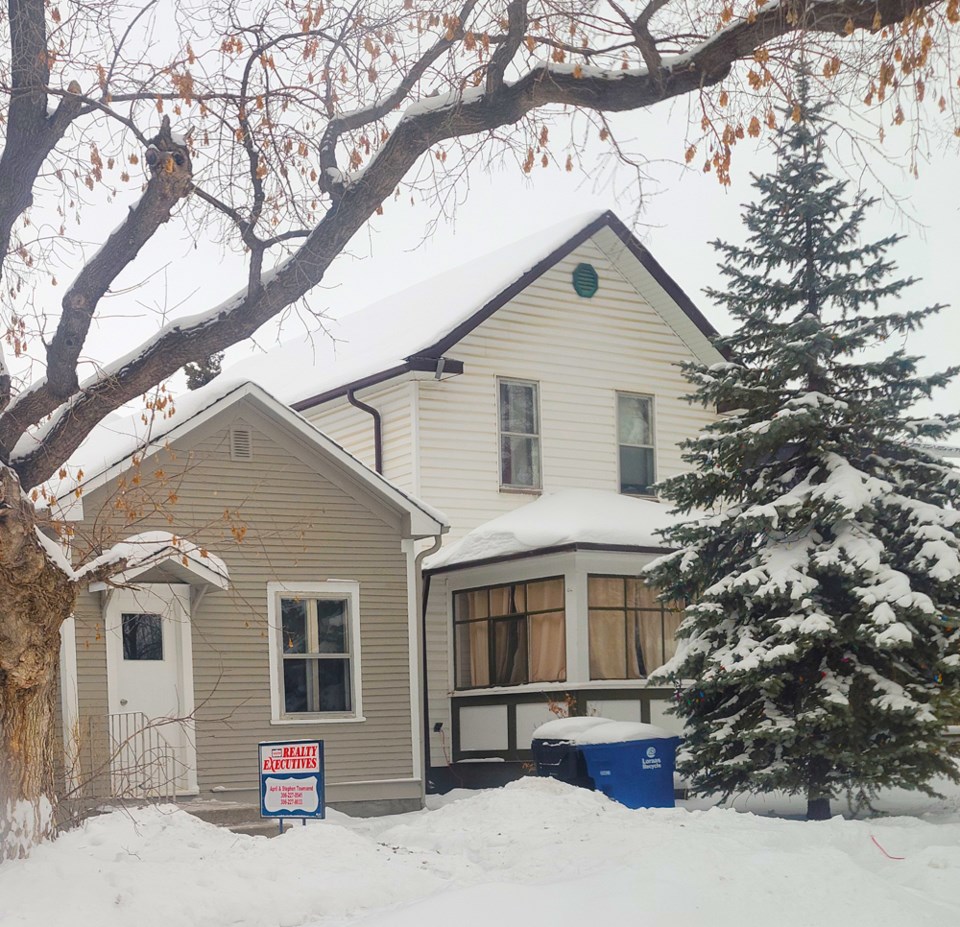SASKATOON — The Saskatchewan Realtors Association sees the COVID-19 pandemic continuing to affect the housing market as inflation and lending rates are expected to rise in the second straight year of the global health crisis.
“Inflationary pressure is expected to continue, and lending rates are expected to rise. This will have an effect on housing sales in 2022,” said SRA External and Government Relations Director Samantha Krahn in an email to SASKTODAY.ca.
“Despite recent economic uncertainty caused by the Omicron variant, inflationary pressure is expected to persist, and lending rates are expected to rise. This will weigh on housing sales in 2022 … Prices of homes are expected to grow in 2022, but at a slower pace than in 2021.”
Krahn added that despite only three weeks into the new year their sales inventory remains low and she believes the housing market in Saskatchewan will take some time before moving to more balanced conditions.
Despite economic challenges and disruptions brought by the pandemic, the province still hit a record high in housing sales with 17,387, a number that shattered the previous record in 2007 by 17 per cent. The housing sector boomed while other sectors of the economy struggled.
Based on data provided by SRA, Regina scored a record high in sales last year with 4,521. Additionally, Regina’s inventory levels did not decline compared to Saskatoon and residential prices in the provincial capital went up by six per cent but are still below the 2013 annual high.
Regina homes sell at an average of $326,924, more than $20,000 less than Saskatoon’s $349,933. Sales in Saskatoon were also 19 per cent higher than the previous record eight years ago with 5,403 homes sold.
The pandemic has also brought new challenges like virus and vaccine screening, gathering restrictions and handling listings where someone in the house is infected or has shown symptoms and needs to isolate.
Krahn said the province’s economic landscape before the pandemic also challenged the real estate market with inventory levels falling by 16 per cent, which is below the long-term trends. It was a significant shift, as a few years ago, supply levels were at a record high.
“The reductions in inventory and high demand caused the market to favour sellers throughout 2021. This caused an annual benchmark price gain of over seven per cent. However, prices are still three per cent below the 2014 year high,” Krahn said.
She added houses, single-detached residences, remain the preferred choice by home buyers with the condominium market failing to see any growth, most especially during the pandemic as lockdowns and other restrictions were put in place.
“This can be attributed to many things, but one of the main reasons is that people are spending a lot more time in their homes, some working and schooling their kids there, so a single-detached home with more space has been what a large portion of the population, particularly millennials, have been looking for,” said Krahn.



